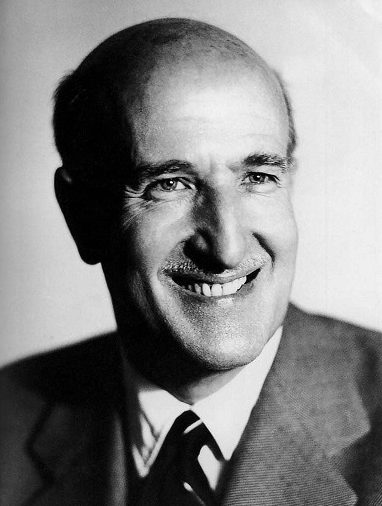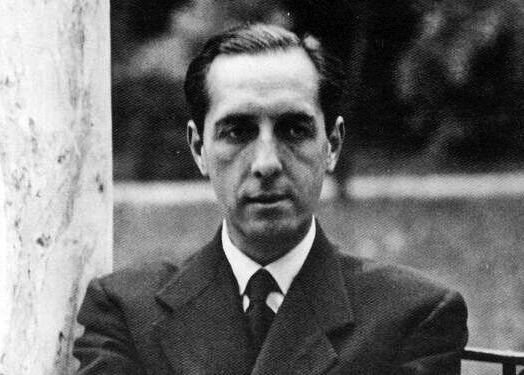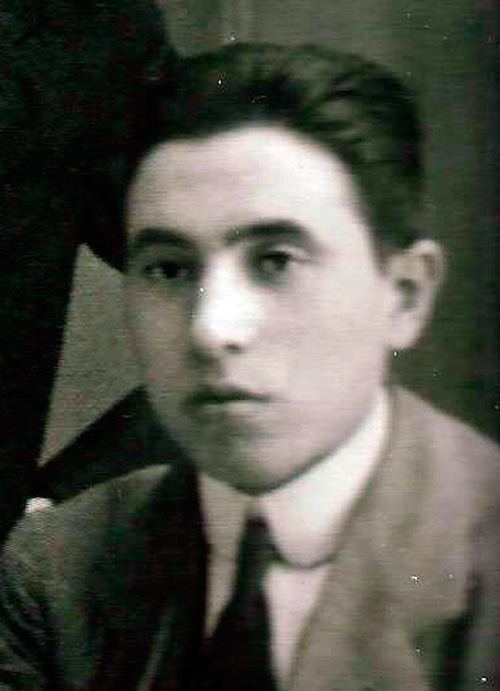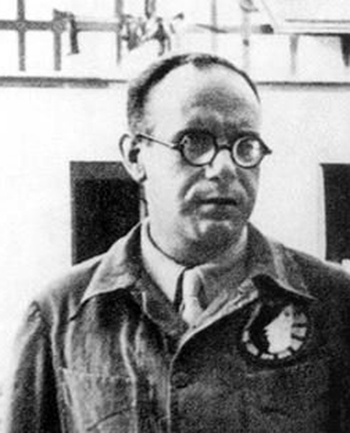Poet belonging to the Generation of ’27, who was born in Seville in 1898 (“Seville was for me the lightning of my birth”, he writes in the sketch he dedicates to another illustrious fellow countryman, Luis Cernuda) and died in Madrid in December 1984. He won the Nobel Prize for Literature in 1977 and, long before, the National Prize for the book Destruction or Love (1934), his third poetic incursion that had begun at age 30 with the first Ambit (1928) and continued with the already more representative of his intermediate period Swords like Lips (1932). He joined the Language Academy in 1950, represented the neo-romantic movement and had a fundamental influence on the young poets of later generations, mainly post-war. His Madrid house at Velintonia, 3 was a major destination for dozens of poets who came to meet him, to show their work or to participate in literary tertulias, both during the Republic and later throughout the dictatorship. According to the writer Elvira Lindo, Velintonia was a “homeland” where freedom was claimed in a different way from the outside world, “a country where men can love men”. Today the mythical place is abandoned due to the negligence of successive political authorities who have not been able to turn it into the museum that Aleixandre’s friends and admirers have been demanding for years.
Aleixandre was one of the chosen friends to whom Federico read the Sonnets of Dark Love, “prodigy of passion, of enthusiasm, of happiness, of torment, pure and ardent monument to love”.
Aleixandre maintained a close friendship with Federico García Lorca whom he met, through Rafael Alberti, in October 1927 at the Madrid premiere of Mariana Pineda at the Fontalba Theater produced by the company of Margarita Xirgu. The homosexuality of both (bisexuality in Aleixandre’s case) facilitated a mutual understanding. Their relationship, however, is full of mystery. In1937, a year after his murder, he dedicated to him a heartfelt evocation originally published in The Blue Monkey and later included in his only prose book, The Encounters: “He was tender as a beach shell. Innocent in his tremendous brown laughter. Fiery in his desires, like a being born for freedom.” “I have seen him,” he continues, “on the highest nights, suddenly, leaning over mysterious railings, when the moon corresponded with him and silvered his face; and I have felt that his arms rested in the air, but that his feet sank in time, in the centuries, in the remote roots of the Hispanic land”. Aleixandre was one of the chosen friends to whom Federico read the Sonnets of Dark Love, “prodigy of passion, of enthusiasm, of happiness, of torment, pure and ardent monument to love”.
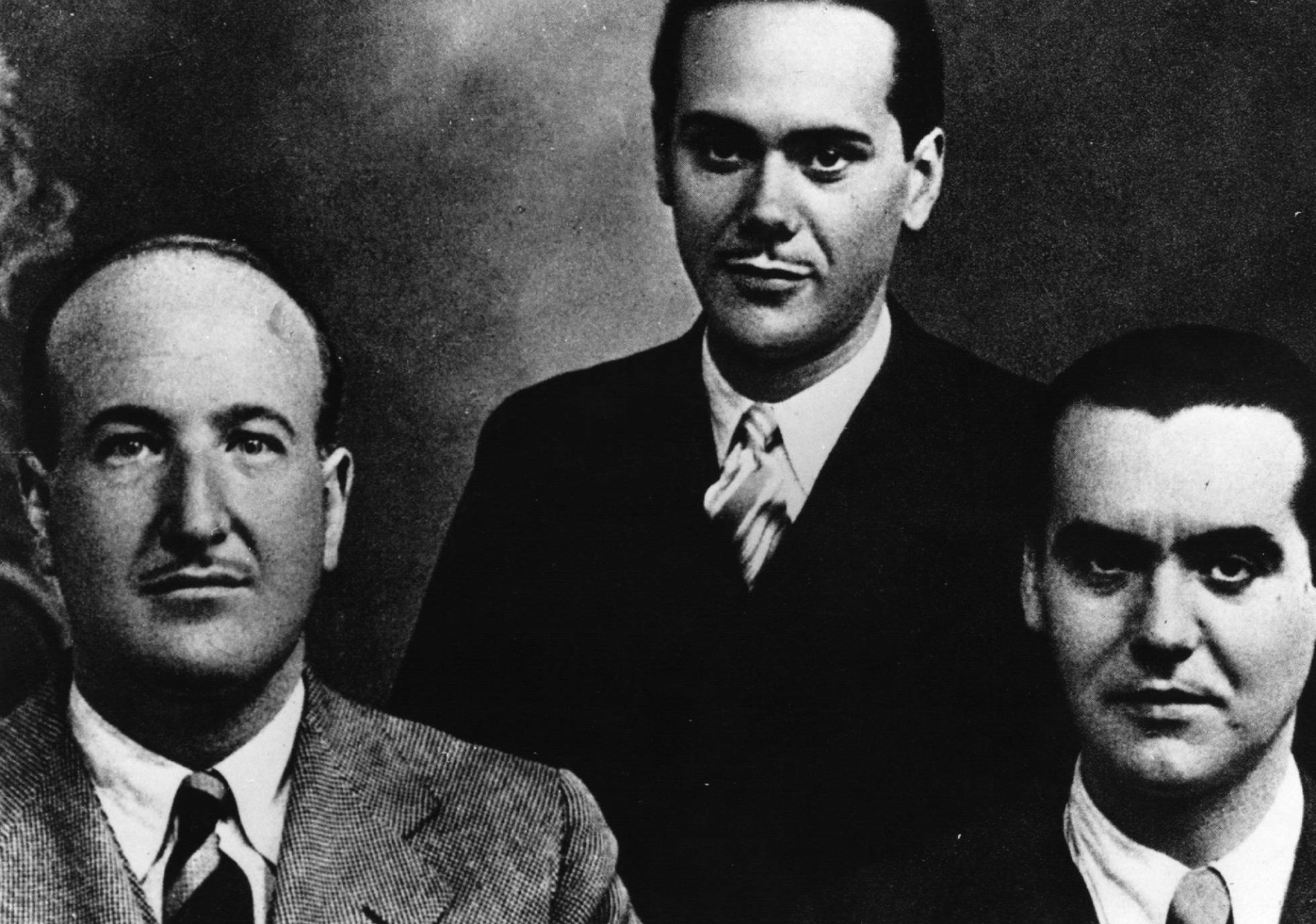
Aleixandre belonged to a family of the Spanish bourgeoisie marked, at the same time, by prosperity and misfortune: three of his siblings died before they were three years old. His father was a railroad engineer, which led to the family’s relocation. Although he was born in Seville, his childhood was spent in Málaga, the “city of paradise”, as he called it in a famous poem written in 1944 but published later: Los encuentros [“My eyes always see you, city of my sea days] / Colgada del imponente monte, apenas detenida [Hanging from the imposing mountain, barely stopped] / Colgada del imponente monte, apenas detenida [in your vertical fall to the blue waves”.] In Málaga he shared studies with Emilio Prados. In Madrid, where he graduated in law and obtained the title of Trading Manager, he came into contact with the work of Rubén Darío, Antonio Machado and Juan Ramón Jiménez.
At the Residencia de Estudiantes (Students’ Residence) he met his first lover, the American student Margarita Alpers, a married woman with whom he supposedly had a daughter born around 1922. That year his eternal health problems began due to kidney failure that resulted in tubercular nephritis that did not improve until his kidney was removed in 1932. By then he had already become intimate with other poets of his generation such as Cernuda, Altolaguirre, Alberti and García Lorca himself, who visited him during his convalescence. His second lover was a couplet singer, María Valls, known as Carmen de Granada, to whom he dedicated at least three poems in Ambit and Shadow of Paradise (1944): “De tu almohada, la gracia y el hueco [Of your pillow, the grace and the hollow] / y el calor de tus ojos ajenos” [and the warmth of your foreign eyes”], he writes. His troubled sentimental life was completed with a third woman, the German Hispanist Eva Seifert, with whom he maintained a relationship between 1923 and 1927. She was the one who planted the cedar tree in Velintonia with his help, and who accompanied him until the end.
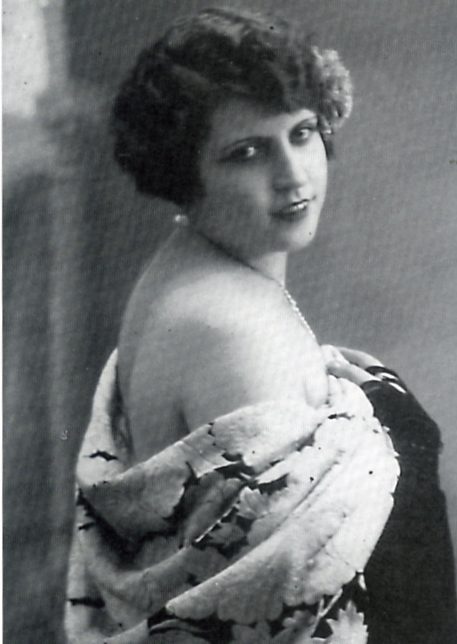
Aleixandre’s love life changes genre in 1930 when he meets the socialist lawyer Andrés Acero with whom he maintains an intense relationship until, at the end of the Spanish war, Acero flees to Mexico. A denunciation at the beginning of the civil war led to his internment in a prison, although he was immediately released thanks to the intervention of Pablo Neruda. After the war, Aleixandre remained in Spain, perhaps held back by his delicate health that worsened in 1937, forcing him to stay in bed. During the war, his house was bombed and in 1940 his father, who had been purged by the Popular Front, died in the midst of the disaster.
A few months before his murder, Lorca recites to him what Aleixandre first calls the Sonnets of Dark Love. “In the late hours of the night,” he writes, “wandering through the city or in a tavern (as he used to say), a house of meals, with some friend of his, among human shadows, Federico would return from joy, as if from a remote country, to this harsh reality of the visible earth and visible pain […]. `Federico, what a heart! How much you had to love, how much you had to suffer’. He looked at me and smiled like a child”.
The relationship between Aleixandre and Lorca is full of mystery. In 1937, a year after his murder, he dedicated to him a heartfelt evocation originally published in The Blue Monkey and later included in his only prose book, The Encounters: “He was tender as a beach shell. Innocent in his tremendous brown laughter. Fiery in his desires, like a being born for freedom.”
The end of the civil war marks a change in his poetry, which moves from the celebration of love with surrealist echoes and dreamlike symbols to the discovery of themes that would lead to social poetry, in books such as History of the Heart (1954) and In a Vast Domain(1962). At the beginning of the post-war period he befriended the critic José Luis Cano and revived his intense and long epistolary relationship with the painter Gregorio Prieto from La Mancha, which lasted from 1924 to 1981 and constituted what could be called Aleixandre’s naked memoirs of intense lyricism (Prieto’s replies have not been preserved): “Long live the nakedness and the modest impudence of bodies on fire, ready for love!”.
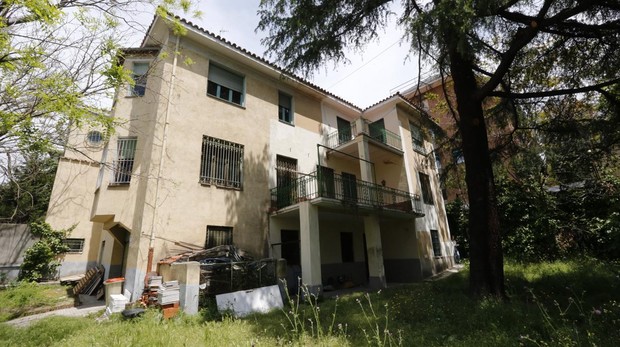
From then on he lives his inner exile in his house in Velintonia, which gradually acquires the characteristics of a country apart, in the midst of the brutality of the postwar period, where freedom reigns and where the new generations come. It is the time of Shadow of Paradise which, together with Children of Wrath, by Dámaso Alonso, constitute the most representative works of the poetry of the uprooting of the first postwar period. At that time he met the poet Carlos Bousoño with whom he had a passionate love affair reflected in the correspondence collected by the biographer Emilio Calderón in 2016: “Carlitines: what a pleasure, I’m going to write you as I please. Liberty: my goddess. I just received your beautiful letter: sweet, cheerful, fresh. A pure delight. Ah so bad: what you have told me and sung to me with your verses”.
The writer Carmen Conde, separated from her husband, moves to the upper floor in the company of her lover, Amanda Junquera. There are many comings and goings of friends and creators at Velintonia, 3. Gil de Biedma, Francisco Brines, José Hierro, Ricardo Molina or, later, Luis Antonio de Villena and Vicente Molina Foix are some of the most frequent.
In 1977, he won the Nobel Prize, which recognizes a “work of innovative poetic creation that illustrates the condition of man in the cosmos and in our present-day society”.
On October 6, 1984 an intestinal hemorrhage interrupted his confinement in Velintonia and he died a week later.
